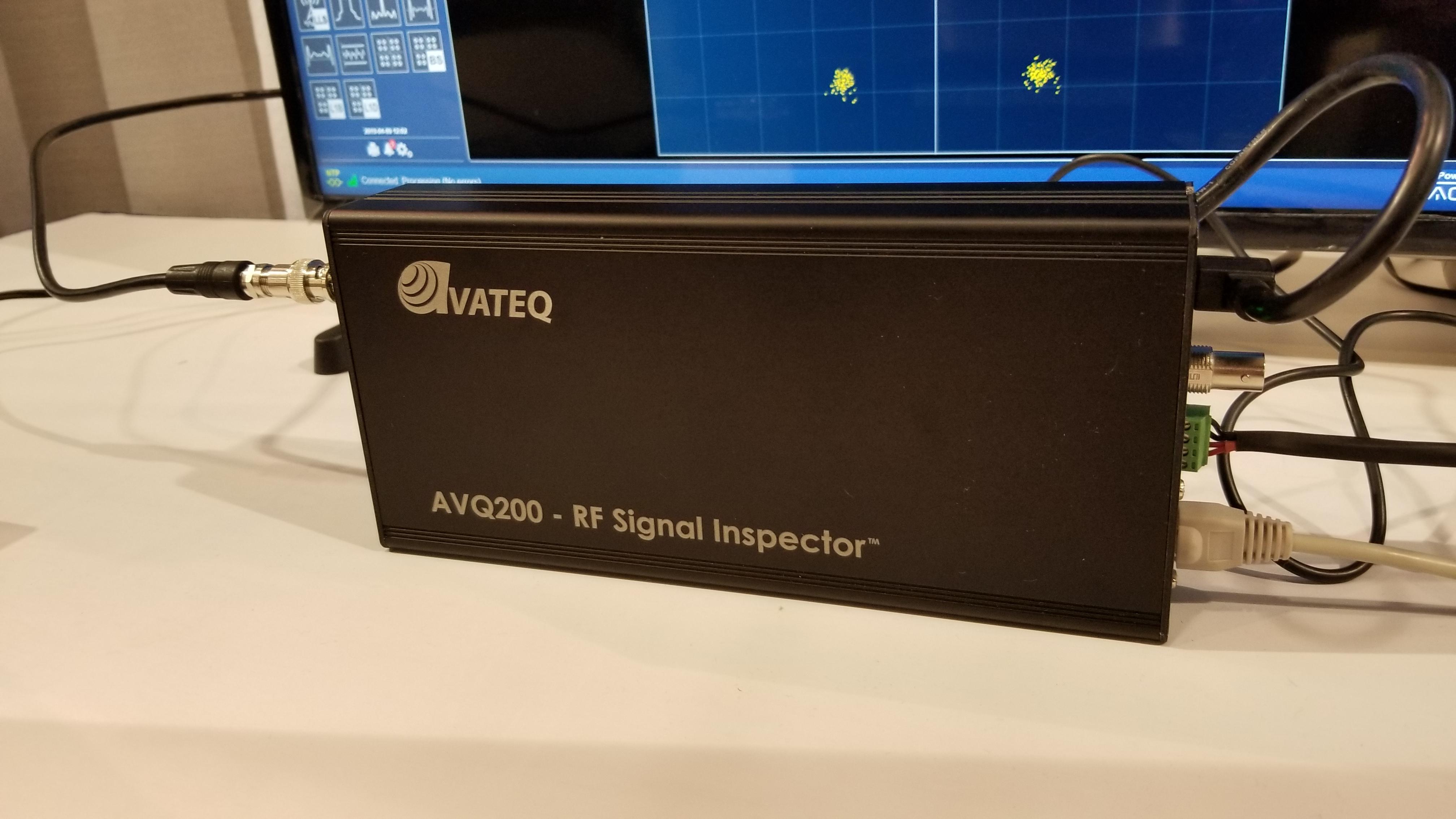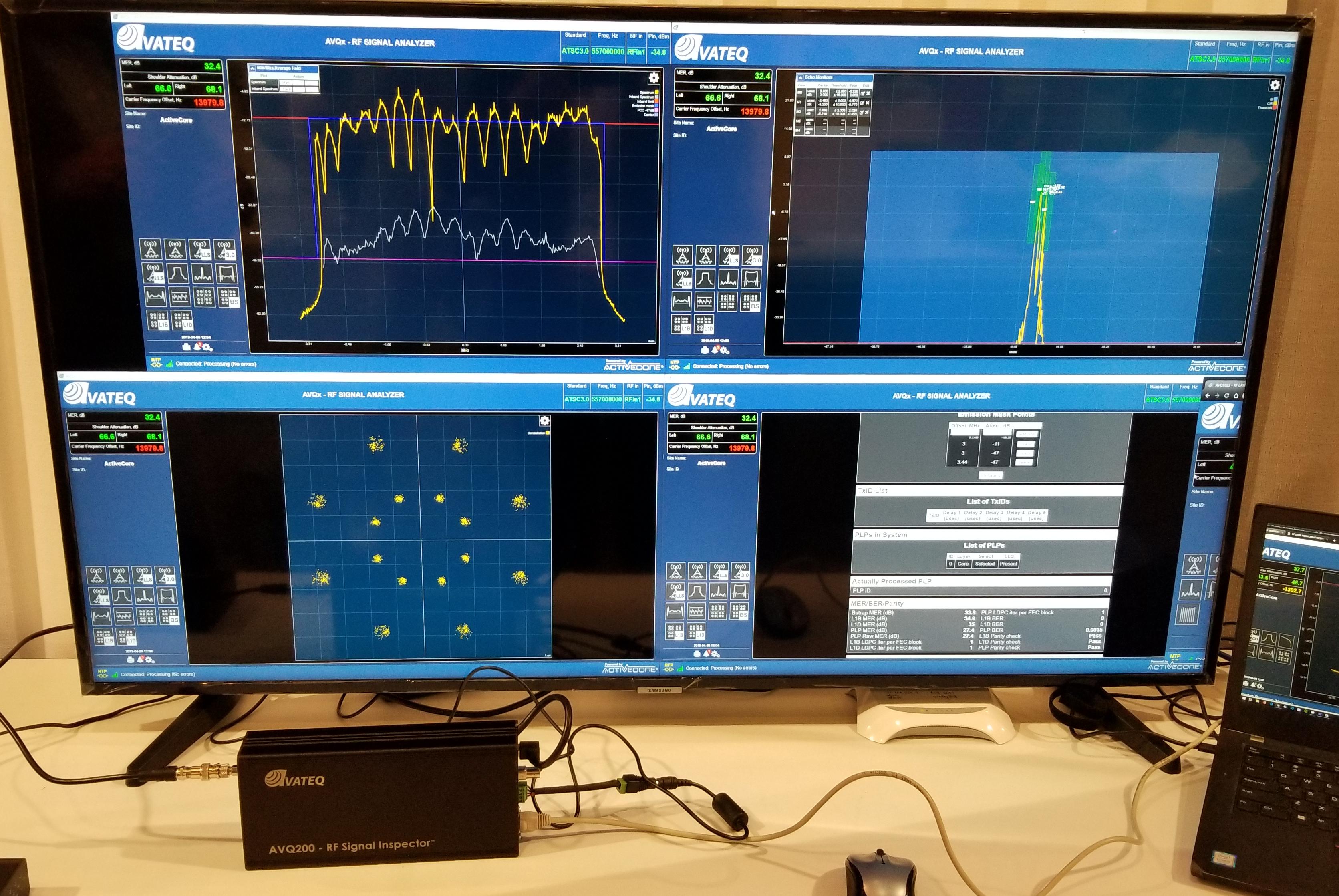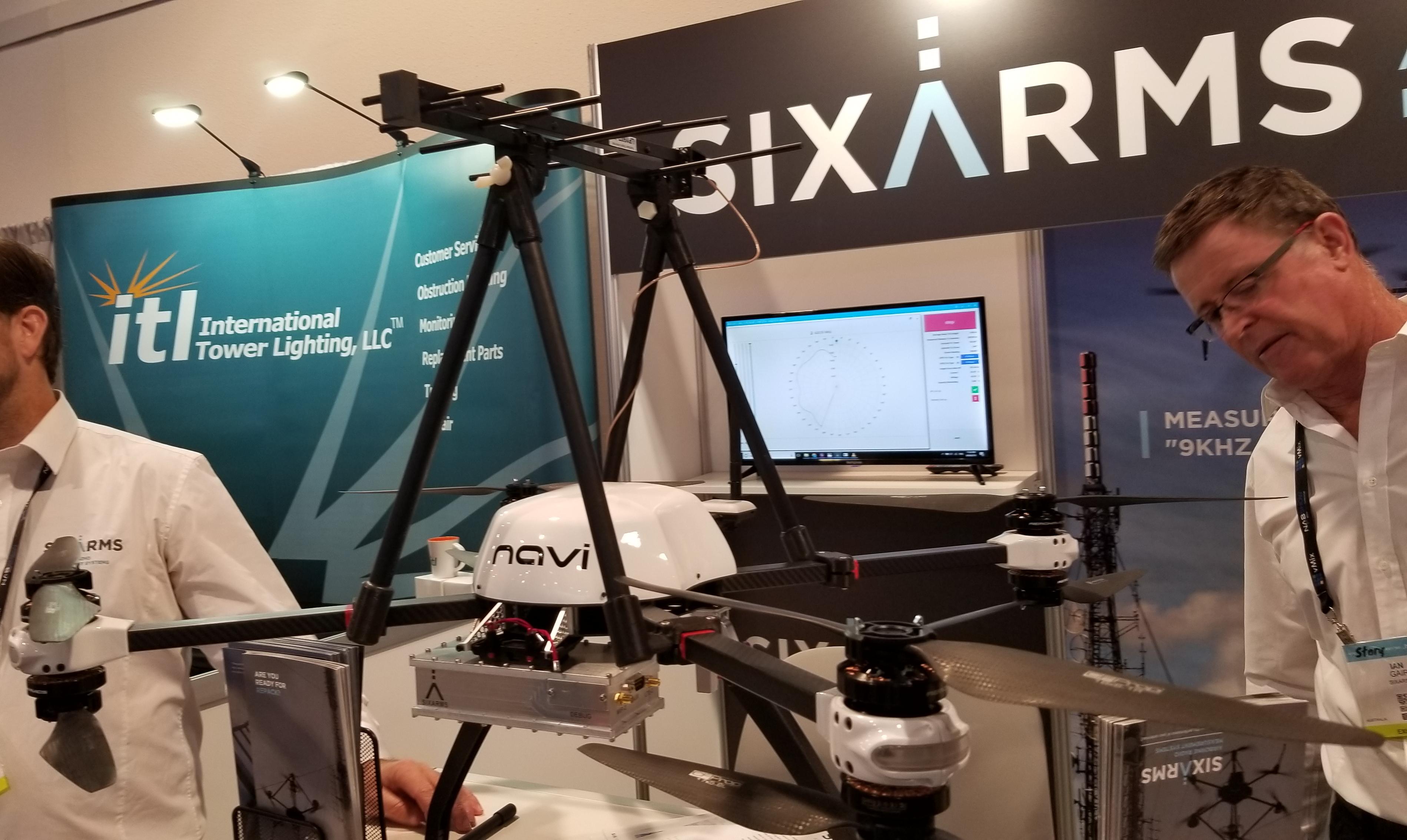A Busy Spring: NAB 2019, ATSC 3.0 and Repack
It has been a few months since my last RF Technology column and a lot has happened since then, including the NAB Show in Las Vegas and the FCC Phase 2 repack deadline. This month I’ll attempt to cover the highlights from these and some more interesting items I discovered along the way.
NAB SHOW
The hot topics for discussion among those interested in RF transmission at the NAB Show were the FCC’s incentive auction repack and ATSC 3.0. The main question about the FCC repack was when it would “go off the rails” after stations failed to meet deadlines and blocked other stations from changing channels.

The predominant opinion was that problems would arise later this year as the gap between the phases shortened. However, while I heard a number of horror stories from installers and manufacturers about stations not being ready, most of the station engineers I talked to felt they would make the upcoming deadlines, even if not with their final facilities.
At the Broadcasting Engineering and Information Technology Conference, I was on the “No More Broadcaster Silos: Lessons from the Repack Phases 1 and 2” panel with John Lyons (Durst), Nick Wymant (RFS) and Stephen Kolvek (Myat), moderated by Josh Gordon. We talked about manufacturers’ challenges in the repack along with tips for stations and I discussed issues with dependencies in the repack with a focus on the Phase 4 repack in the Northeast. FCC shows dependencies for some New York City stations from as far away as Ottawa! More on that later.
ATSC 3.0 was everywhere at the show. All manufacturers I saw selling transmitters in the United States were offering ATSC 3.0 options, more test equipment was available, and while assembling a working ATSC 3.0 facility isn’t simple, there were several demos of working systems including components from various vendors.
DS Broadcast was showing a complete “end-to-end” system that had everything needed to provide an ATSC A/324 STLTP stream to a transmitter and monitor the over-the-air result. ATSC A/324 enables connecting a source to multiple transmitters in a single frequency network. The standard has been widely adopted by transmitter manufacturers and an excellent example of its use was the SFN NAB set up with multiple transmitters from different vendors in the North Hall and LVCC lobby outside Central Hall.
Two other items caught my eye at the show. I described use of the Sixarms drone-based RF measurement system for doing antenna pattern measurements in my column “Verifying TV Facility Coverage” (February 2018). At the NAB Show, Sixarms showed another drone-based system, this one designed for field measurements. It simply goes up and comes down, providing an aerial equivalent of a 30-foot mast. It can take measurements from multiple stations, and is small enough to be easily deployed from a small SUV or even a rental car. This could be an ideal alternative—at significantly lower cost—to a large van with a pneumatic mast or to the simple field measurement system I described previously, although at many times the under-$300 cost of that setup.
There were several options for ATSC 3.0 monitoring at the show, including a notebook-based system from Triveni and the Airwavz Redzone ATSC receiver now available with Windows software that includes the ability to display video.
I had my Redzone receiver with me at the show, but the only software I found for download was an updated version of the API and some simple tools similar to what I previously reviewed. It looks like the Windows software is available if purchased as a complete kit with the Redzone receiver.
Various Triveni packages provide everything needed for a wide range of ATSC 3.0 measurements, but display of RF characteristics will depend on the capability of the dongle or receiver used with it. I was particularly interested in Triveni’s new StreamScope XM Verifier.

I’ve been a fan of Avateq’s monitoring receivers since they introduced their 8VSB receiver several years ago, which provided RF modulation measurements and monitoring/logging capability at a price low enough to install at every transmitter site. Now that transmitters are being deployed with ATSC 3.0 there are very few options for extensive ATSC 3.0 RF modulation measurements. Avateq was showing a range of RF measurement receivers, including the compact AVQ-200 off-air “Signal Inspector,” which seems ideal for fieldwork. The off-air instruments have the capability to display echoes in an ATSC 3 SFN and identify echoes by transmitter ID.
REPACK REVISITED
As I write this, the FCC April 12 Phase 2 deadline has come and gone and the Phase 3 deadline will have passed by the time you read this. The Phase 4 repack, which has an Aug. 2, 2019 deadline, will be one of the most complicated ones in the incentive auction repack as it involves densely packed stations from North Carolina to Maine and west into Ohio and Canada.
One of the challenges will be finding time to test antennas at full power before the deadline. Because this phase involves many stations swapping channels, sometimes in the same market, just firing up on the antenna for testing won’t work.
Stations will have to coordinate times to test with each other, most likely overnight. If the interference isn’t excessive, in between markets for example, both stations may want to agree to accept interference to avoid losing the audience in their core coverage area. If a station’s new channel is on the channel currently occupied by another station in the same market, and if that station can provide the testing station an ASI stream (everything matching what it would be transmitting from its own transmitter), its viewers will only see a momentary interruption as the transmitters are swapped.
Conversations I’ve had with FCC staff indicate that as long as new interference to any existing station is under 2%, no FCC approval or even coordination with impacted stations is required for testing or early transition within the test period, (although it is recommended).

However, if interference to any station exceeds 2% for testing or an early transition, then an engineering STA is required and the other station(s) must agree to accept the interference. If the station that would receive interference goes off the air during the testing, instead of staying on and accepting interference, no engineering STA is required.
TOOLS FOR REPACK AND FIELD MEASUREMENTS
Keeping track of dependencies for testing post-repack facilities can get complicated, especially when dependencies of dependencies have to be considered. To make them easier to track, I’ve created a simple tool, TVDepTester, available at www.transmitter.com/tools.
For Windows 10 systems, download TVDepTester8.exe and all the .csv data files from the site and put them in the same folder. For any operating system that has Python installed, download TVDepTester8.py and the .csv files (again in the same directory) and run with Python. The “8” is the current version number and will be incremented as I fix bugs and enhance it so by the time you read this, that number may have changed. Run the program and type in the call letters in UPPER CASE and it will search for dependencies through multiple levels. Note that if the program closes without showing results it may be the station is sharing a channel. The FCC lists I’m using only include the host stations.
I’ve been working on making the field measurement program I wrote for the Hauppauge WinTV dualHD USB tuner easier to install and use. Linux is still required, but only the ready-to-use programs, “dvb-tools,” “dvbsnoop” and “w-scan” (for channel scanning) in the Ubuntu repositories are required.
In the www.transmitter.com/tools folder look for “Sample-Test-Script-(Los Angeles).sh” and “channels(Los Angeles sample).conf” for the program and channel listings I used for L.A. measurements. The channels.conf file only needs entries for the stations used in the test script. Edit the list manually to add test channels not found in the scan. Lists from w_scan will need VSB-8 changed to 8VSB. I have written a very simple Python program to tabulate the results from measurements into a single csv file with measurements by time in rows and stations in columns. It’s not quite user-hostile, but email me if you want a copy so I can explain how to use it.
Please contact me or the vendors I’ve mentioned for more information. You can email me atdlung@transmitter.com.
Get the TV Tech Newsletter
The professional video industry's #1 source for news, trends and product and tech information. Sign up below.

Doug Lung is one of America's foremost authorities on broadcast RF technology. As vice president of Broadcast Technology for NBCUniversal Local, H. Douglas Lung leads NBC and Telemundo-owned stations’ RF and transmission affairs, including microwave, radars, satellite uplinks, and FCC technical filings. Beginning his career in 1976 at KSCI in Los Angeles, Lung has nearly 50 years of experience in broadcast television engineering. Beginning in 1985, he led the engineering department for what was to become the Telemundo network and station group, assisting in the design, construction and installation of the company’s broadcast and cable facilities. Other projects include work on the launch of Hawaii’s first UHF TV station, the rollout and testing of the ATSC mobile-handheld standard, and software development related to the incentive auction TV spectrum repack. A longtime columnist for TV Technology, Doug is also a regular contributor to IEEE Broadcast Technology. He is the recipient of the 2023 NAB Television Engineering Award. He also received a Tech Leadership Award from TV Tech publisher Future plc in 2021 and is a member of the IEEE Broadcast Technology Society and the Society of Broadcast Engineers.
